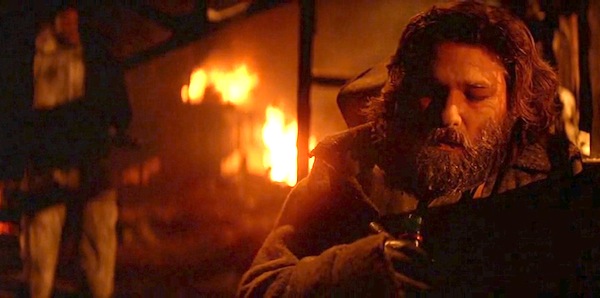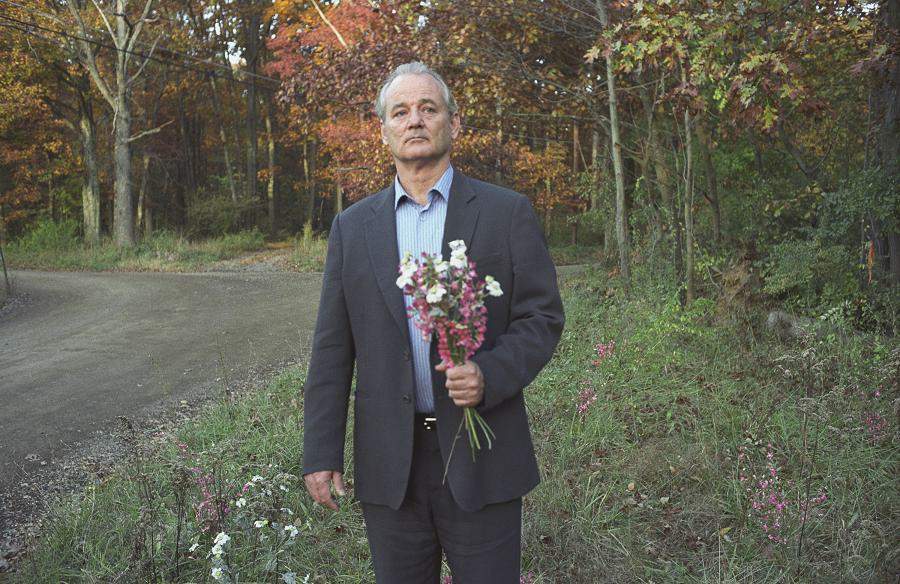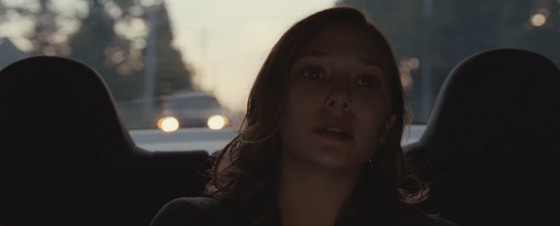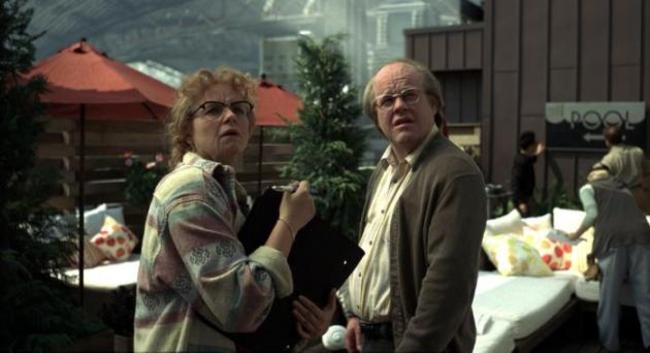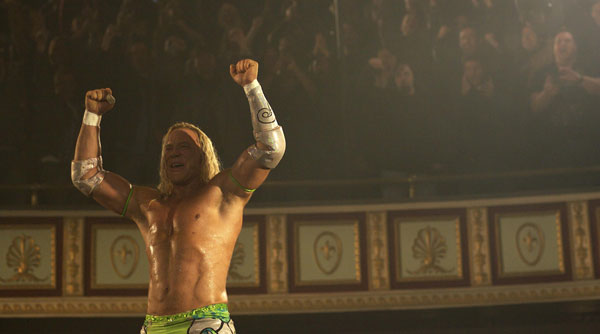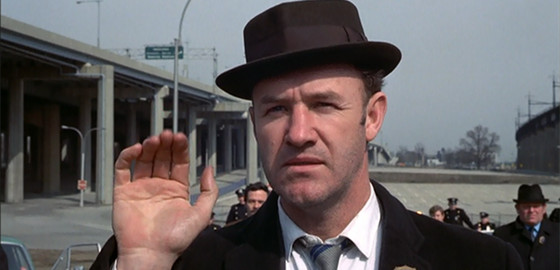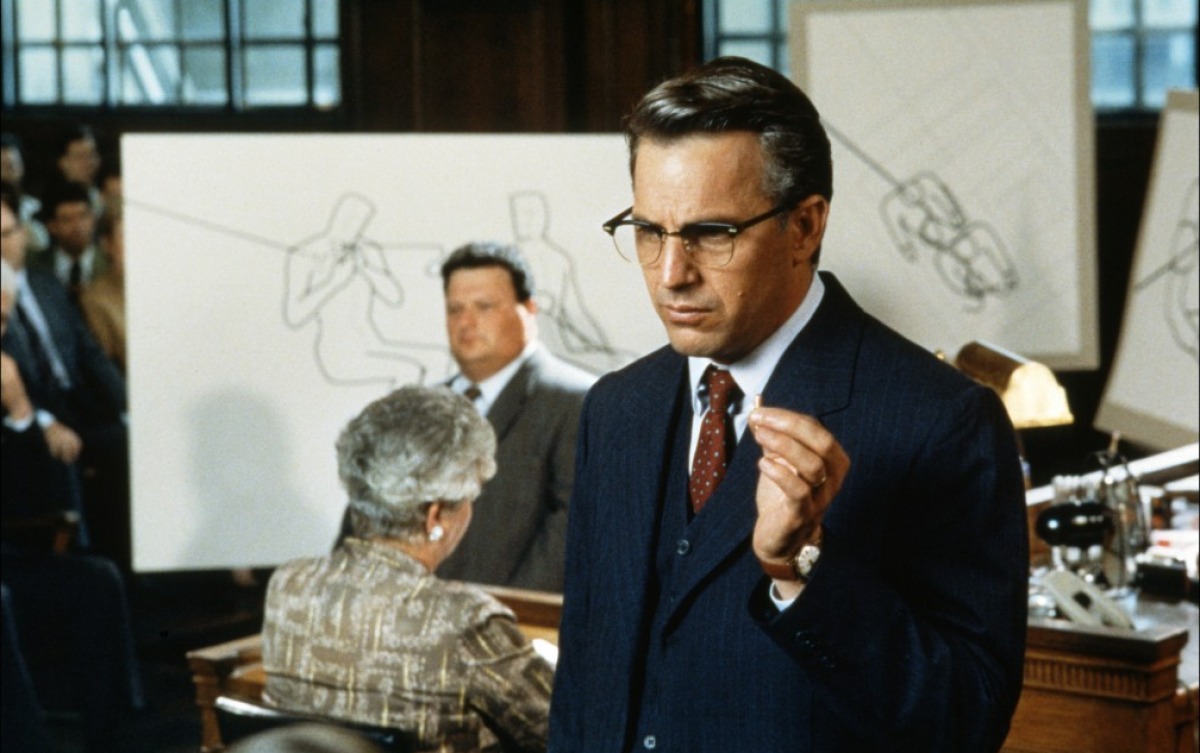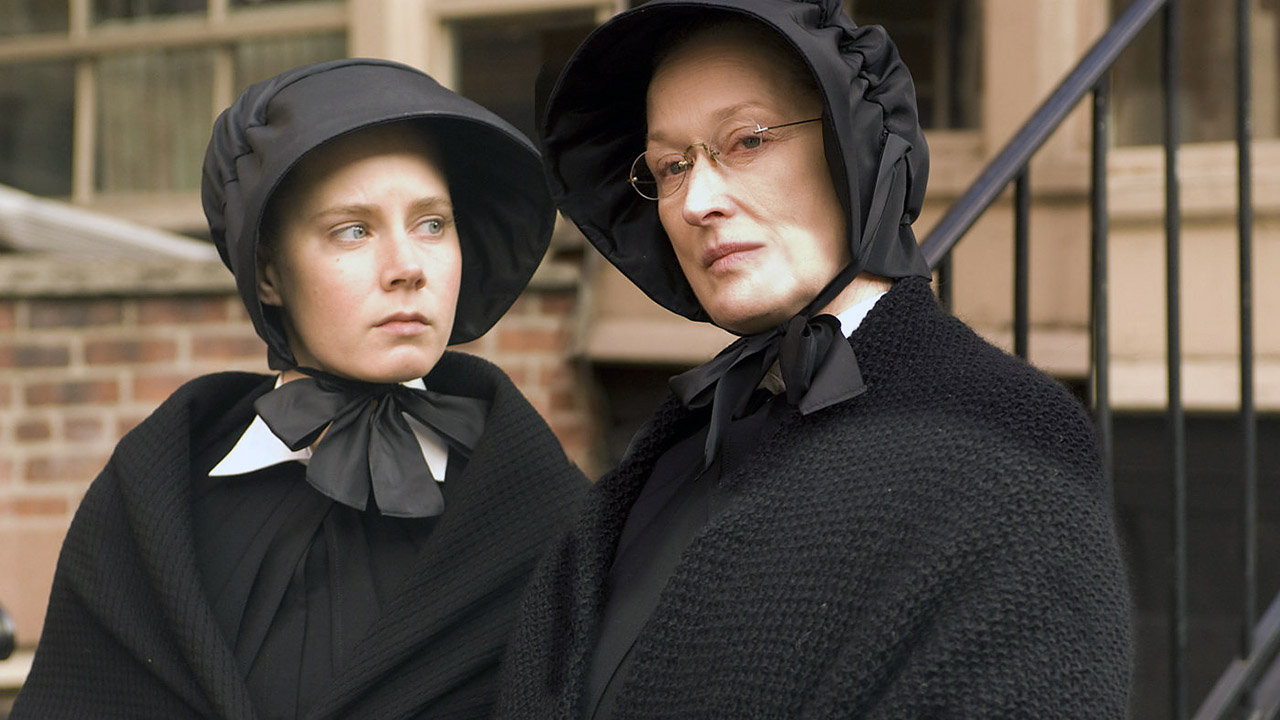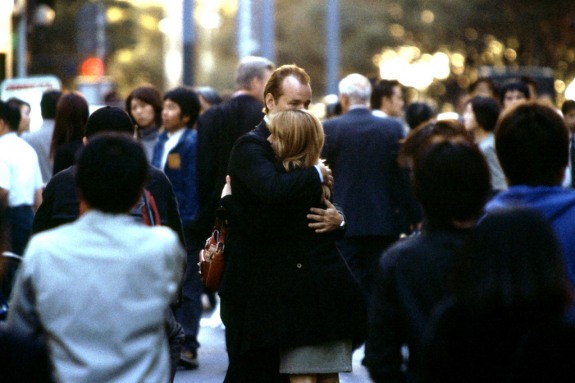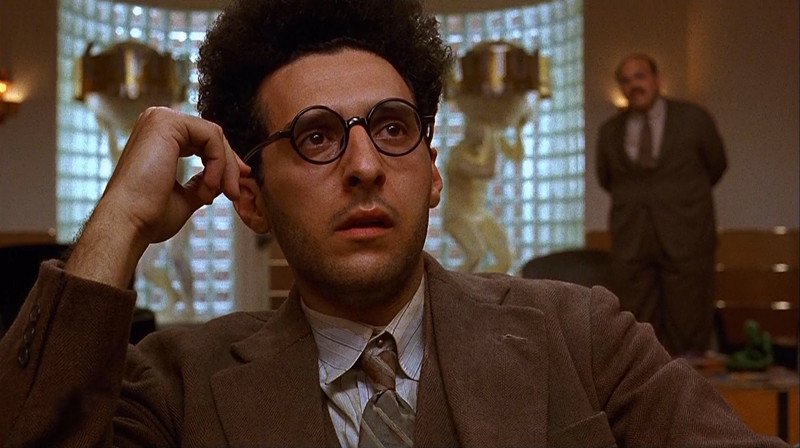
Humans love closure, feeling a need for everything in the world to make sense or offer resolution. Telling stories is one of the ways we pass on information and create catharsis, learning from the successes and failures of others and the movies are the leanest and meanest form of storytelling.
There is less room for experimentalism in Hollywood, as confusing movies means a smaller box office profit, but the auteurs of cinema have always found ways to make ambiguous movies mean something more than just the sum of their parts.
An ambiguous movie can be one that ends with a mystery, defying the rational need for answers, or it can be one that presents a story with multiple interpretations. Ambiguity is difficult to pull off, but when it works, it can triumph as a testament to the power of emotion and penetrate past some of the boundaries that pure reason comes with.
These movies that transcend the definitions of traditional storytelling tend to stick with moviegoers long after they leave the theatre, and even though they sometimes provoke controversy, they are more than worth watching.
20. Drive
Nicholas Winding Refn’s art film masquerading as an action thriller that features minimal dialogue and ends with an exceptionally long take of Ryan Gosling sitting in his car, motionless. Drive doesn’t really tell us what happens to its characters. Sure, the Driver and Irene (Carey Mulligan) have a sweet romance, but she will move on and probably won’t be all too happy to see the man responsible for her husband’s death, albeit indirectly, show up at her door again.
It is that long shot of Gosling though, that really bring the film together at the same time as it takes it all apart, and we don’t really know whether Driver survived his final showdown or not – he comes alive again and drives away but is severely wounded – and whatever resolution we thought the movie would offer, especially in the romance department, fades into the sunset with him.
19. The Thing
Horror movies are the perfect venue for filmmakers to explore the fear of the unknown, but rarely do they venture beyond the runtime of the movie as well as John Carpenter’s The Thing. Capitalizing on the public’s fear of unseen enemies – a clever metaphor for disease and sickness or even prejudicial differences – The Thing remains one of the most deeply affecting horror movies of the 80s. It doesn’t hurt that it contains some of the best makeup and practical effects either.
What makes The Thing really great is that it doesn’t offer any answers. Maybe the thing is dead and maybe it isn’t by the end of the movie. Kurt Russell’s MacReady could be an unreliable narrator in that only up to a certain point can he prove that he is human.
The assumption is that the thing has survived, either in one of the survivor’s bodies or is frozen beneath the snow, waiting for another rescue team to awaken it just like the Norwegians did at first, or just like the cast of this movie provided a new series of hosts after the Norwegians failed to contain the threat.
That the uncertainty stretches past the end of the film – a lesser movie would have had a definite ending – makes The Thing a classic unknown fear.
18. Broken Flowers
Talking about plot in a Jim Jarmusch movie is kind of like talking about life in a cemetery – it isn’t that it’s not there, it’s just that it doesn’t look like what we expect. Broken Flowers follows Don Johnston (another subdued performance from Bill Murray) as he revisits his past lovers after learning he has a son from one of them. Unfortunately for Don, he doesn’t find any answers, making the movie seem somewhat impenetrable. In the last scene Don sees a boy ride past him in a car and for a moment a look of recognition flashes on his face.
Jarmusch cast Murray’s real son as the boy, making a seemingly clear statement – yes, Don does have a son. However, the film offers no conclusion to this suspicion. Don never meets the boy and after glimpsing him never sees him again. The ending brings up the question of whether any of the stories Don heard from his past lovers were accurate or whether they were just retellings of memory, flawed and modified by the years, much like Don himself has become.
17. Martha Marcy May Marlene
Movies that blur the lines between fact and fiction are often the subject of much debate but rarely do they venture into the territory of memory versus dream. Martha Marcy May Marlene follows a young woman, Martha (Elizabeth Olsen) who, after joining a beautiful on the surface but sinister underneath cult, seeks refuge with her sister.
Struggling with PTSD and having difficulty reconciling her trained behaviours with the social norms of the real world, Martha tries to recount her stories to her sister but finds herself torn between the two worlds.
As Martha becomes increasingly unhinged, her sister and brother-in-law’s concern that she might be lying or mentally ill threaten her security in the refuge she has taken, while Martha’s paranoia that the members of the cult are chasing her becomes a burden on the whole family. Martha’s true mental state is never revealed as the movie cuts back and forth between past and present, dream and reality, memory and fantasy, crafting a waking nightmare for Martha and her sanity.
16. Synecdoche, New York
Charlie Kaufman’s directorial debut is a Russian nesting doll of stories within stories within stories. Following Caden Cotard, a playwright as he attempts to create his masterpiece, a play about himself, featuring an actor playing him, the writer, an actor playing an actor who plays him, the writer, an actor playing the actor playing the actor… and so on, Synecdoche New York is Kaufman’s most ambitious and perplexing work so far.
A rumination on life, consciousness and dying, Kaufman crafts layers upon layers as Caden’s life falls apart, all providing inspiration for his play, which eventually becomes his entire life.
After a while it is hard to say what is part of the play and what is not, until Caden is devoured by his work, ultimately giving his life, and his final breaths over in an effort to make his masterpiece work, completely obsessed with finding meaning in the most meaningless aspects of existence. Whether he succeeds or fails is up to the audience’s interpretation of not just the movie, but of life itself.
15. The Wrestler
Darren Aronofsky captured Mickey Rourke’s comeback in the best way by casting him in the role of a washed-up wrestler attempting to make a return to fame. Randy “The Ram” Robinson gives everything he has to get his life back together but can barely keep himself from falling apart.
After suffering a heart attack but insisting on pushing through, Randy finally gets his big comeback match, but his health doesn’t hold up. He knocks down his opponent – of course the move was agreed upon beforehand – and sets up for his signature move, a diving headbutt called the “Ram Jam,” balancing himself on the top rope, before diving off. The film abruptly cuts to black before we see what happens.
A perfect example of the power of an edit, Aronofsky holds the black screen for an extended period of time before the credits roll, leaving Randy’s fate completely unknown.
14. The French Connection
William Friedkin’s cop and robber thriller rushes along at breakneck speed on a seemingly clear path as Popeye chases his target until the depths of his obsession with getting his man twists fate around on him. Famous for its extended car chase sequence, the ending confronts audiences with its grim reveal of the darkness in Popeye’s soul.
Throwing police ethics out the window, Popeye coldly shoots the wrong person before rushing into another room, chasing what he is absolutely sure is his villain. The camera does not follow him, rather a single gunshot rings out and neither Popeye nor his enemy are to be found.
Without this ending, The French Connection would be a stellar thriller but it elevates beyond the standard by connecting the gritty theme of obsession with Popeye’s character arc in a truly integrated manner, creating a controversial conclusion that demands answers but provides none.
13. JFK
Oliver Stone was the perfect fit for a movie about the conspiracy theories surrounding the assassination of John F. Kennedy. His sensibilities for pop-culture and juggling act of conflicting ideas rooted themselves in the political and public response to the infamous murder of America’s president and showed not an accurate retelling of events, but rather an accurate snapshot of the cultural mood in response to real events.
New Orleans district attorney Jim Garrison tackles the case, determined to stop at nothing to find answers in the midst of the chaos but he runs into nothing but dead ends instead. Growing suspicious of everyone around him as they grow equally suspicious of him, JFK plays fast and loose with historical accuracy and focuses on the paranoia and distrust in the time following the assassination.
Stone revels in the ambiguity of his story, deciding to take his characters to the edge of their sanity as the case consumes Garrison’s professional and personal life, and reflects on America itself, mirroring the confusion of the time.
12. Doubt
Doubt is a powerful emotion, and Doubt is also a powerful movie. Based on John Patrick Shanley’s play about a nun who suspects the priest she works with has committed a crime against a boy and plots to destroy him unless he confesses his crime, Doubt explores people’s tendency to cling to their own convictions despite evidence to the contrary, or despite no evidence of confirmation.
Meryl Streep plays Sister Aloysius, pitted opposite Phillip Seymour Hoffman’s Father Flynn in a battle of wit as they wield reputation, faith and circumstantial evidence against each other.
Sister Aloysius wins the battle in the end as Father Flynn transfers to away, but she loses her sense of security, realizing how much damage she did by acting on less than certain feelings. The power of doubt is on full display, cautioning against reckless actions based on little more than a nagging thought in the back of the mind.
11. Lost in Translation
Sofia Coppola’s examination of human relationships in the midst of strange worlds and chance encounters seems like a simple enough movie, featuring an achingly profound performance from Bill Murray as Bob Harris and a delicate relationship that he strikes up with Scarlett Johansson’s Charlotte, but the final scene holds a secret message between the two of them.
Improvised by Murray during their parting scene and not revealed to the audience, although you can find videos on YouTube by sound designers trying to uncover the secret, the final lines are a whisper from Bob filled with meaning only meant for the two characters to know.
While not exactly a game changing mystery, Bob and Charlotte’s relationship appears to have concluded with their trip, but the mysterious whisper between them opens up the possibility for it to continue after the credits. Whatever he said, Charlotte’s reaction is emotionally charged as they say goodbye to each other as they pass on their own ways, forever changed for having their brief encounter.

